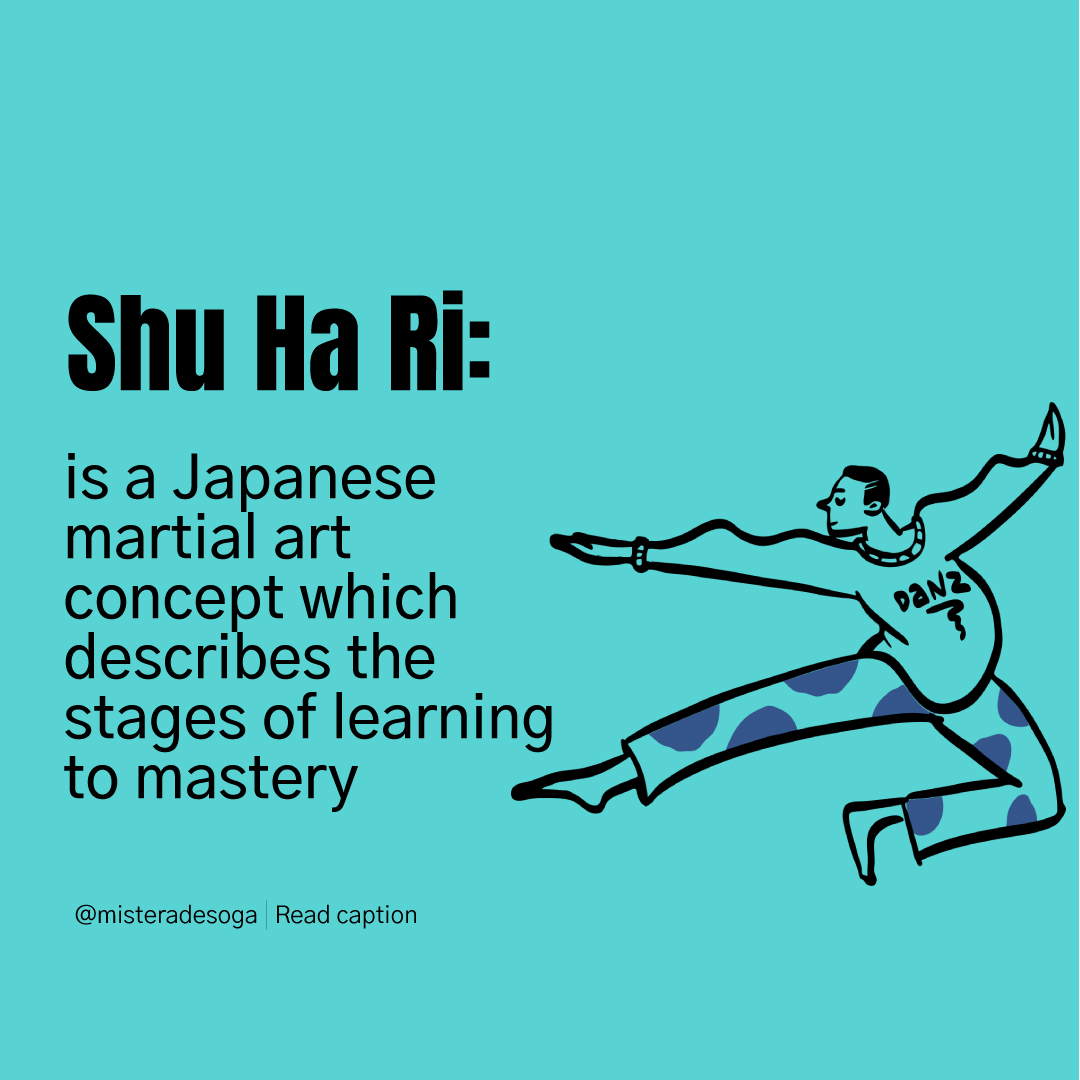It’s the last day of 2025 and, despite everything that happened work wise for me this year, I am coming out of 2025 very grateful. I have taken some time to write down a few reflections from the year.
There has been a dwindling number of available roles for Agile practitioners such as Scrum Masters and Agile Coaches. Yet there is still a lot of work to be done, as long as there are teams that struggle to ship software consistently and many more teams operating as a feature factory with little clue about how much value they are delivering.
Coaching
These blogposts are my opinions from reflections on topics relating to my current area of interest - Enterprise Agility, Leadership, Entreprenuership, Personal Development and Complexities of Africa.
Models are useful tools that helps understand our self and the growth process. Learning is a critical part of the growth process and I have always referred to the Shu-Ha-Ri concept as a model that help me with mapping out where i was along the process. It is a a very simple but POWERFUL concept and i am hope you find this useful as much as I have.
Shu: In this phase, the apprentice follow the rules that have been taught and rarely deviate from the rules.
I have always been one of those people that believed one of the major factors for succeeding with Agile ways of work is physically co-located teams. As far back as 2007, I remember the joys of walking into an open plan office bustling with activity, and colourful post-it notes on white boards within the office. Being the self confessed Agile Evangelist that I was, I would lobby for co-location within the work place as i believed it complimented collaboration; we just preferred the business and technology teams sat next to each other.
Most Agile methodologies provide for the application of a Technical Spike for exploring a new technology or risky areas of a product. The Scaled Agile Framework (SAFe) methodology defines the Spike as a type of Exploration and Enabler Story.
There are a number of approaches that have been recommended for Technical Spikes. These include:
Estimating and sizing a Technical Spike Story
Timeboxing a Technical Spike .
The Technical Spike is exploratory in nature and it is conflicting to attempt to estimate the complexity for a piece of work that is not well understood; in my experience most teams would rather Timebox the efforts required to complete a Technical Spike.




